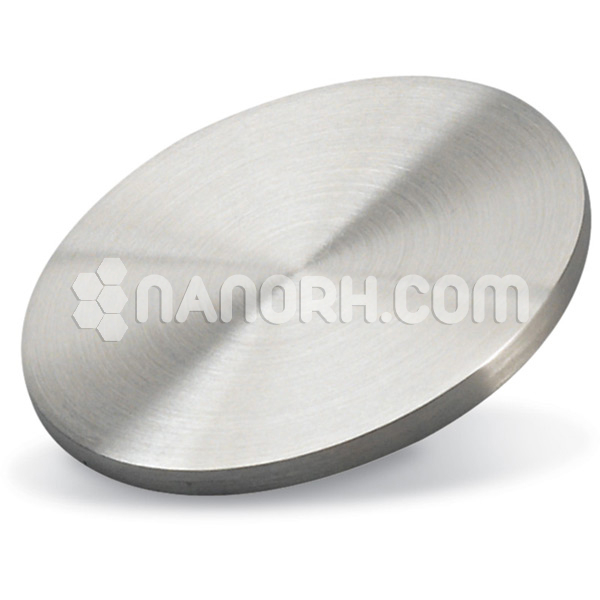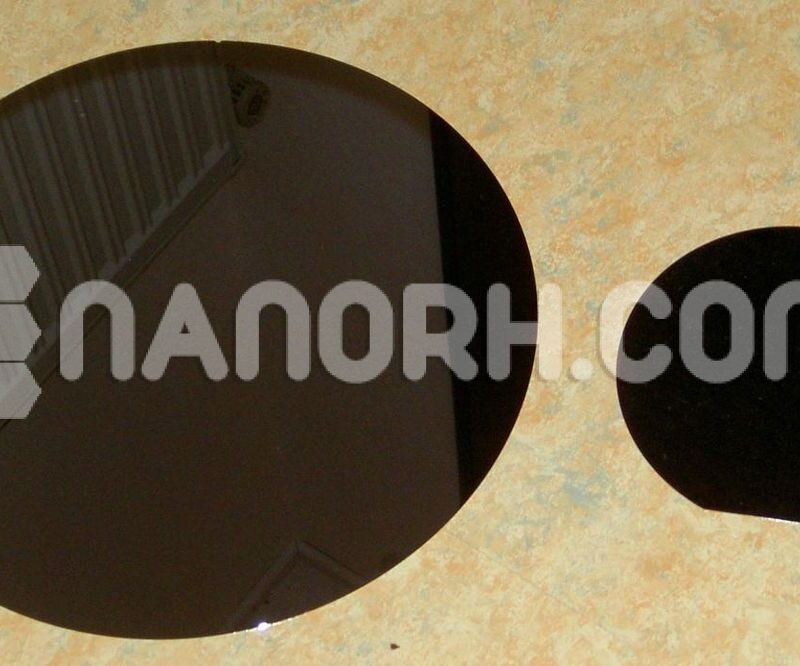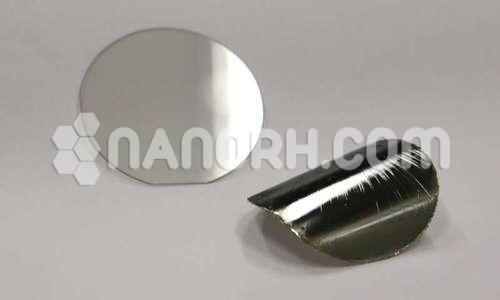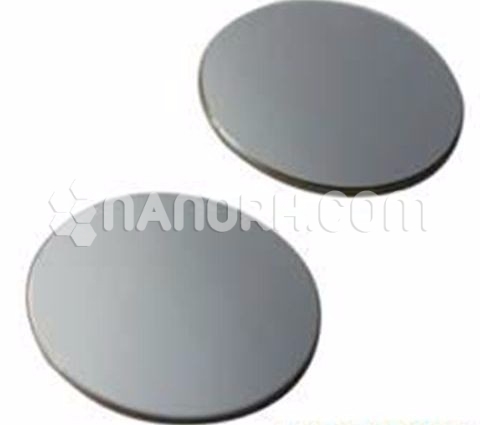| Zirconium Titanium Alloy Sputtering Targets | |
| Product No | NRE-43625 |
| CAS No. | 50646-37-2 |
| Formula | Zr-Ti |
| Molecular Weight | NA |
| Purity | >99.9% |
| Density | NA |
| Thickness | 3 mm ± 0.5mm (can be customized) |
| Diameter | 50 mm ± 1mm (can be customized) |
| Shape | Round |
| Resistivity | NA |
| Thermal Conductivity | NA |
Zirconium Titanium Alloy Sputtering Targets
Introduction:
Zirconium titanium (Zr-Ti) alloy sputtering targets are materials used in physical vapor deposition (PVD) processes to create thin films that combine the beneficial properties of both zirconium and titanium. This alloy is known for its excellent mechanical strength, corrosion resistance, and high-temperature stability. The combination of zirconium and titanium allows for films that can withstand harsh environments while maintaining performance in various applications.
Applications
Semiconductor Manufacturing: Zr-Ti alloys are utilized in the deposition of thin films for semiconductor devices, including gate electrodes and interconnects. Their good electrical conductivity and thermal stability enhance device performance.
Hard Coatings: The hardness and wear resistance of Zr-Ti alloys make them suitable for protective coatings on cutting tools and industrial equipment, extending their lifespan and improving efficiency.
Biomedical Devices: Due to their biocompatibility and strength, zirconium titanium alloy coatings are used in medical implants and devices, facilitating better integration with biological tissues.
Aerospace Components: The high-temperature stability of Zr-Ti alloys makes them ideal for coatings in aerospace applications, protecting components from extreme conditions while maintaining structural integrity.
Optical Coatings: These alloys can be applied in optical coatings, where their properties contribute to improved durability and performance in lenses and mirrors.
Catalytic Applications: Zr-Ti films can serve as supports for catalysts in chemical reactions, enhancing catalytic activity and stability due to their unique material properties.




